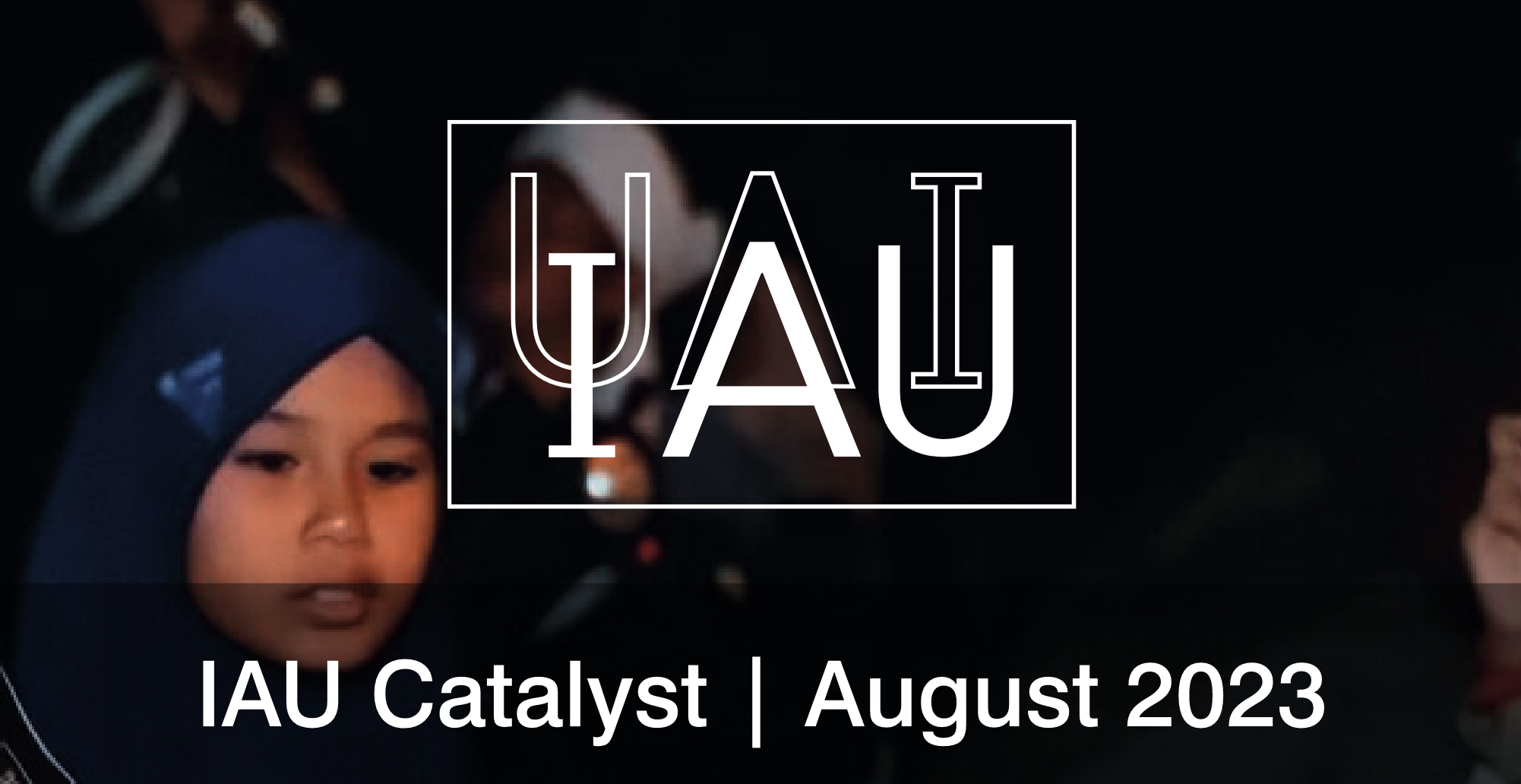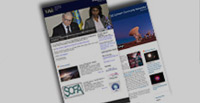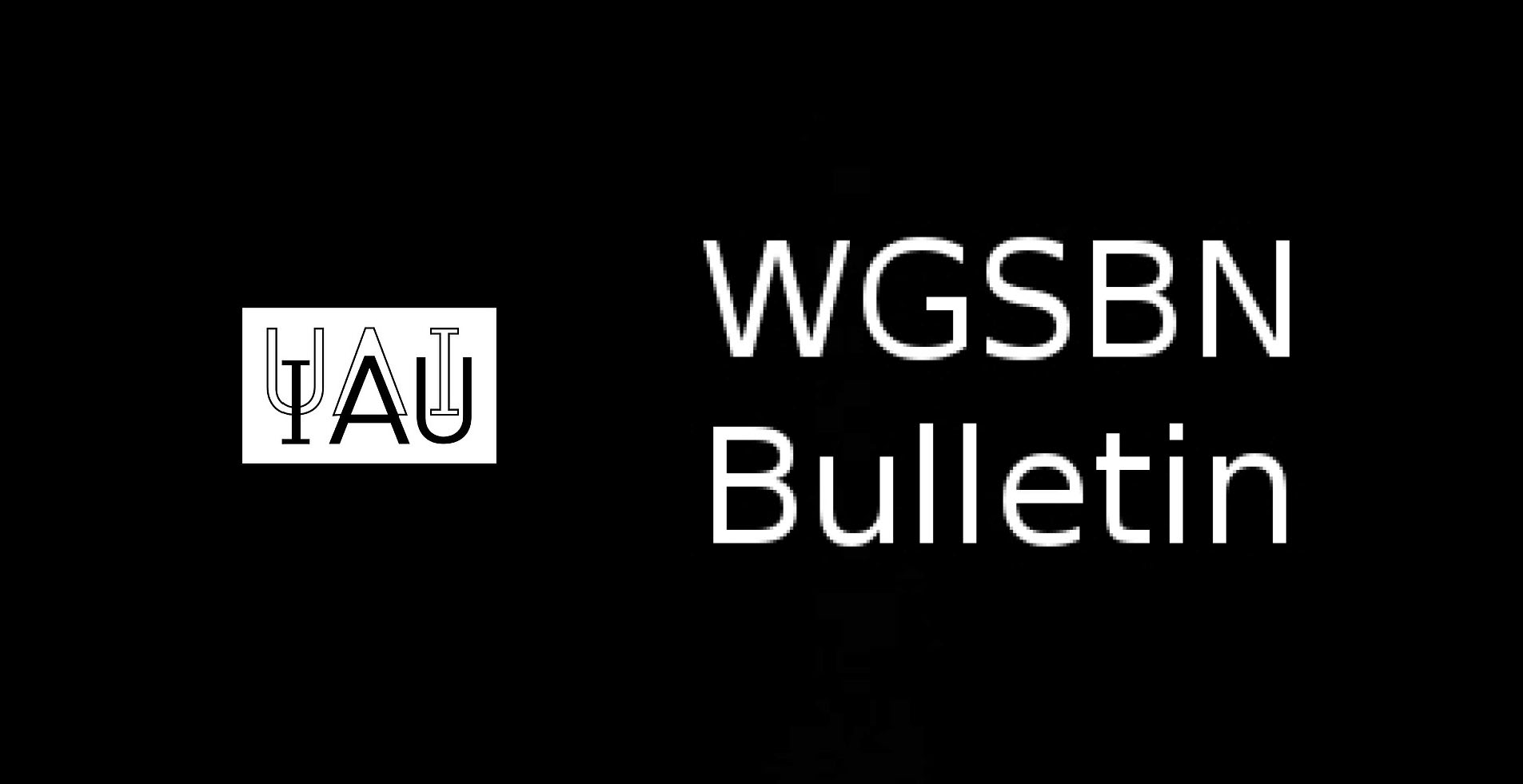- News
- Science
- Scientific Bodies
- Divisions
- Commissions
- Commission A1 Structure
- Commission A2 Structure
- Commission A3 Structure
- Commission A4 Structure
- Commission B1 Structure
- Commission B2 Structure
- Commission B3 Structure
- Commission B4 Structure
- Commission B5 Structure
- Commission B6 Structure
- Commission B7 Structure
- Commission C1 Structure
- Commission C2 Structure
- Commission C3 Structure
- Commission C4 Structure
- Commission C5 Structure
- Commission D1 Structure
- Commission E1 Structure
- Commission E2 Structure
- Commission E3 Structure
- Commission E4 Structure
- Commission F1 Structure
- Commission F2 Structure
- Commission F3 Structure
- Commission F4 Structure
- Commission G1 Structure
- Commission G2 Structure
- Commission G3 Structure
- Commission G4 Structure
- Commission G5 Structure
- Commission H1 Structure
- Commission H2 Structure
- Commission H3 Structure
- Commission H4 Structure
- Commission J1 Structure
- Commission J2 Structure
- Commission J3 Structure
- Commission X1 Structure
- Commission X2 Structure
- Past Commission Organising Committees
- Working Groups
- Centres
- Scientific Meetings
- Rules & Guidelines
- General Assemblies
- Meeting Proposals
- Future IAU Meetings
- General Assemblies
- EC Meetings
- Officers' Meetings
- Regional Meetings
- Symposia
- Focus Meetings
- Institutional Meetings
- IAU Offices Meetings
- IAU-Sponsored Meetings
- Letters of Intent submitted for 2024
- Letters of Intent submitted for 2023
- Letters of Intent submitted for 2022
- Letters of Intent submitted for 2021
- Letters of Intent submitted for 2020
- Past IAU Meetings
- Templates
- Other Meetings
- Grants & Prizes
- Scientific Bodies
- Publications
- IAU Publications
- IAU Strategic Plan
- Symposia
- WGSBN Bulletins
- Regional Meetings
- Information Bulletins/Catalyst
- E-Newsletters
- Focus Meetings
- Transactions A
- Transactions B
- Related Publications
- GA Newspapers
- CAPjournal
- IAU Books
- Brochures
- IAU Offices
- WG Reports
- Commission Reports
- Division Reports
- Past IAU Publications
- Rules, Guidelines and Instructions for Proceedings
- Publishers
- IAU Publications
- Administration
- About the IAU
- Statutes & Rules
- IAU Policies
- IAU Executive Bodies
- IAU Secretariat
- Resolutions
- Members Administration
- Administrative Dates & Deadlines
- International Organisations Relations
- Donate to the IAU
- Training in Astronomy
- Astronomy for Education
- Astronomy for Development
- Astronomy for the Public
- Office for Astronomy Outreach
- FAQ
- Themes
- Satellite Constellations
- Astronomy in Everyday Life
- How to Report a Discovery
- Careers in Astronomy
- Defining our Place in the Cosmos
- The Constellations
- Light Pollution
- Measuring the Universe
- Near Earth Objects
- How to Participate in Astronomy Research
- Naming of Astronomical Objects
- Naming of Exoplanets
- Buying Star Names
- Naming Stars
- Pluto and the Solar System
- IAU Member Statistics
- Our Moon: the Moon
- Meteors & Meteorites: The IAU Definitions of Meteor Terms
- UNESCO-IAU Portal to the Heritage of Astronomy
- Social Media
- Past Events
- Call for Online Resources
- Astronomy@Home Awards
- Contact

Bernard F. Burke
United States
1928-2018
Obituary:
Bernard Flood Burke was born on 7 June 1928 in Brighton, Massachusetts and died on 5 August 2018. He received his undergraduate physics degree from Massachusetts Institute of Technology (MIT) in 1950, and his Ph. D. in physics from MIT in 1953 for work on microwave spectroscopy under Woody Strandberg. From 1953-1965 he was a staff member at Carnegie Institution of Washington Department of Terrestrial Magnetism (DTM), where he worked primarily on 21 cm research. In 1962 he became Chair of the DTM Radio Astronomy Section, and in 1965 he joined the MIT faculty as Professor of Physics, where he later became the William A. M. Burden Professor of Astrophysics. During his long tenure at MIT he supervised numerous doctoral students, many of whom have gone on to distinguished careers in radio astronomy and related areas.
During his long and productive career, Burke, together with his students, worked in a variety of areas of radio astronomy, including gravitational lensing, radio source surveys, exoplanets, and VLBI. In 1955, Burke, together with Ken Franklin, discovered the decametric radio bursts from Jupiter. He led the team that developed the first spectral line VLBI system, and was an early advocate of extending radio interferometer baselines to space. He is the co-author, along with Peter Wilkinson and F. Graham-Smith of the popular textbook, Introduction to Radio Astronomy.
Burke served in a number of important national and international leadership and advisory roles. He was a member of the National Science Foundation Astronomy Advisory Panel from 1958-1963, the NRAO Visiting Committee from 1958-1962, a Trustee for Associated Universities, Inc. from 1972-1990, and President of the AAS from 1986 to 1988. In 1985 he was appointed to the National Science Board by President George H. W. Bush. He also served on advisory Committees for the Keck Telescope, RadioAstron, the NASA Planetary Systems Working Group, and the Towards Other Planetary Systems Scientific Working Group, as well as serving on the NAS/NRC Space Studies Board and the Naval Studies Board. When away from science, Burke enjoyed racing his own sailboats and received several competitive awards.
Burke was a Fellow of the American Physical Society, the American Academy of Arts and Sciences, and the American Association for the Advancement of Science, a member of the International Astronomical Union, and the US National Committee of International Scientific Radio Union - Commission J. He received the AAS Helen B. Warner Prize in 1963, was the co-recipient of the 1971 Rumford Medal of the American Academy of Arts and Sciences, was the 1998 NRAO Jansky Lecturer, and in 1970, he became the first radio astronomer to be elected to the National Academy of Sciences.
Contributed by Ellen N. Bouton and Kenneth I. Kellermann
References:
https://rahist.nrao.edu/burke_bio-memoir.shtml
http://web.mit.edu/physics/news/spotlight/20180919_burke.html
Past affiliation(s) within the IAU
- Past Organizing Committee Member of Commission 44 Space & High Energy Astrophysics (1991-1994)
- Past Organizing Committee Member of Commission 44 Space & High Energy Astrophysics (1988-1991)
- Past Member of Division B Facilities, Technologies and Data Science (until 2018)
- Past Member of Division D High Energy Phenomena and Fundamental Physics (until 2018)
- Past Member of Division F Planetary Systems and Astrobiology (until 2018)
- Past Member of Division H Interstellar Matter and Local Universe (until 2018)
- Past Member of Commission 33 Structure & Dynamics of the Galactic System (until 2015)
- Past Member of Commission 34 Interstellar Matter (until 2015)
- Past Member of Commission 40 Radio Astronomy (until 2015)
- Past Member of Commission 44 Space & High Energy Astrophysics (until 2015)
- Past Member of Commission 51 Bio-Astronomy (until 2015)
- Past Member of Division III Planetary Systems Sciences (until 2012)
- Past Member of Division VI Interstellar Matter (until 2012)
- Past Member of Division VII Galactic System (until 2012)
- Past Member of Division X Radio Astronomy (until 2012)
- Past Member of Division XI Space & High Energy Astrophysics (until 2012)
Search individual members

















